Strength training mistakes happen, and they could be keeping you from seeing progress. Nobody likes putting in the effort and not noticing results over time. It can be demotivating, and sometimes even dangerous. While some of these strength training mistakes are more impeding than others, it’s worth brushing up on all of them to make sure you’re in the green.
Over the past five years, I have coached hundreds of clients across the country. While most of my clients have fantastic results over time, I see common mistakes being made when they first start coaching. Luckily, I’m there to help them and make corrections and adjustments as needed. Hopefully, you can identify and correct yourself if any of these ring true to you.
Top Ten Strength Training Mistakes:
#1: Not sticking with a program
Following a program will get better results than working out intuitively. Intuitive workouts may feel free-spirited, but the lack of structure may neglect certain muscle groups. Proper programming will make sure you touch all major muscle groups including legs, chest, back, shoulders, biceps, triceps, and core. Whether you are doing a full body routine, a pull/legs/push split, or an individual body part split, all the muscle groups get the love they deserve.
In addition to having a program properly written, it’s important to stick with it for 6-8 weeks. I typically assign my programs for the full eight weeks to maximize progressive overload. Progressive overload involves gradually increasing the intensity with time, to promote the development of muscle mass and strength. Getting bored and constantly seeking change could set you back here.
#2: Not tracking reps and weights used
In order to improve your strength you need to continuously progress. This can be done by increasing volume, intensity, reps, and/or weight. If you never track your weight and reps, you won’t know what your goals are for each set. Going in blind without a goal will yield mediocre results. In addition to optimizing your progression, tracking your weight and reps will also save time, as you will know exactly which size weight to use for each exercise, without having to go through the guesswork.
Tracking weight for dumbbells is easy and straightforward. A 15-pound dumbbell is 15 pounds, cut and dry. Dumbbells are one of my favorite equipment options for RVers. They are effective and simple.
But what about tracking loop-style resistance bands? They are definitely more of a challenge to track with intentions to progress. One of the advantages of loop bands is that they have variable resistance. Shifting your grip by even a quarter of an inch can make your resistance easier or harder. This can make things muddled on your tracking notebook. If you do a set of bicep curls using the medium band with a lot of slack, and another set using the medium band with extra tight tension, the intensity is night and day. So it’s really up to you here to rely heavily on your perceived level of exertion, and really push yourself on your intensity each set.
#3: Using poor form
This strength training mistake is an important one for staying safe, lowering your risk of injury, allowing you to move efficiently, increasing your performance, and enabling you to have full range of motion. You may have some exercises where your range of motion is limited, and that’s okay. Stay consistent and practice these exercises and with time you may notice an improved range of motion.
There are a few general guidelines to always keep in mind with your form. Always carry good posture with your shoulders back and your chest up tall. Don’t hunch your shoulders or hold tension in your neck. Keep your core engaged, and remember to breathe!
#4: Not lifting heavy enough
Safety and form are always the first priority. Once you have your form mastered for an exercise, then start paying attention to your weight load, or resistance level. Both men and women often underestimate how strong they really are. However, women do tend to underestimate more than men. Some women shudder at the thought of using two twenty-pound dumbbells, but they don’t think twice about bending down to pick up a 50-pound child…
There are so many physical and mental benefits to strength training. These benefits are all accelerated and magnified by lifting heavier for lower reps vs. lifting lighter for more reps.

#5: Using the same weight for all exercises in the program
Lifting as heavily as possible while maintaining proper form is a constant goal to strive for with strength training. I often see people who are brand new to lifting try to use the same set of dumbbells or level resistance bands across the board for all of the exercises in the program. Don’t do this! Your muscles vary tremendously in size and strength.
Muscle groups like your legs, glutes, and back are strong and you can generally use heavier weights here. Smaller muscles such as the shoulders and triceps shouldn’t be expected to move as heavy of weight.
Additionally, the exercise itself matters, even when targeting the same primary muscle. For example, a tricep kickback is an isolation move that you will want to go pretty light on. An overhead tricep extension is a compound move that you can use more weight on. Same idea with lateral raises vs shoulder presses. So not only does the muscle affect the weight selection, but also the exercise itself.
#6: Not having a wide variety of weight increments
In order to properly load each muscle during its selected exercise, you need to have a good variety of weight increments to work with. For dumbbells, I recommend having light weights up to extra heavy weights. Your exact numbers will vary based on your strength and fitness level. But generally, for beginners, dumbbells ranging from 5 pounds to 40 pounds in five-pound increments will do the trick. Eventually, you will outgrow the 40’s too.
Space and weight are always a consideration when traveling in RVs. For this reason, the adjustable dumbbells are a great option to save both footprint space and overall weight. Adjustable dumbbells generally are available in sets that go either up to 25 pounds or 50 pounds (exact pounds vary per brand). If you’re going to invest in a set of adjustable go with the heavy set that does 50 pounds. The last thing you want to do is spend hundreds of dollars and then outgrow it quicker than expected.
The loop bands that I recommend come with five different band strengths: extra light, light, medium, heavy, and extra heavy. I personally use all 5 strengths and also enjoy stacking some together for even more resistance options.
#7: Not timing rest periods
If you are a newbie eight-lifter, rest periods may feel counterintuitive to you. The world of cardio has us brainwashed to think that you must always be constantly moving, sweating, breathing hard, and have a high heart rate to be effectively working out. Now, your fitness coach is programming you to stand and rest?!
You’ve already learned the importance of lifting heavy. In order to lift as heavy as possible, it is absolutely critical that you take rest periods between each set. The style of program and your specific goals will dictate how long your programmed rest periods are.
- For muscular endurance, the best rest period is 30 seconds between sets.
- For muscle growth (hypertrophy), the best rest period is 30-90 seconds between sets
- For strength and power, the best rest period is 2-5 minutes between sets.
Using a timer is always best for timing out your rest periods. If you try to guess with it, you may go way under on time, way over on time, or both. During your rest periods, stay focused and concentrate on your workout. I like to use this time to track my results for that set and get set up for the next set. Avoid scrolling your phone, watching tv, sneaking in house chores, or anything else that may cause distractions.
#8: Stopping at the max rep range
Just like lifting too light can minimize your results, so can stopping short on reps. Your strength training program will likely prescribe a target rep range. You want to select weights where your last few reps are extremely challenging to perform, with your total number of reps for that set falling in that rep range. Using 8-12 as an example, if you can’t do 8 reps your weight is too heavy. If you can do 12 reps consistently, your weight is too light.
This is one of the most common mistakes out of our top ten list. So many times I see people write down 12 reps for every single set, on every single exercise. In their mind, they are doing their best and hitting the top expected number. But there is no magic in performing 12 reps. The magic is when you are challenging your muscles with enough intensity until your muscles are fatigued to the point of near failure. Your last couple of reps should be extremely difficult to perform without compromising form. You should be making ugly faces, grunting, and working hard!
#9: Letting soreness dictate the effectiveness
When you start out a lifting program as a beginner, you will likely get very sore the first week. It can be surprising how sore you may get. Your body goes into a shock phase, and it may last two to three weeks. As your body adapts and gets stronger, the soreness will go away. When the soreness goes away, that doesn’t mean you aren’t getting a good workout. Your body is doing what it should be doing as it adjusts and improves.
Having a change in your programming will cause some initial soreness again. But likely, not as intense as when you very first start out. Of course, there will be workouts where you bring the intensity more, and push yourself harder. And you will feel that as a result.
Don’t get discouraged if you lose that “crippling” soreness. Too much soreness can be a bad thing, such as poor recovery. Lack of sleep, dehydration, and poor nutrition can all lead to poor recovery.
#10: Expecting physique changes through fitness alone
So you’re doing everything “right” in the gym. You’re consistent, running complete programs, tracking results, and improving on strength, but your body isn’t changing. Strength training is extremely powerful for overall mental and physical health, as well as healthy aging.
If fat loss and transforming your physique is one of your top priorities, it’s important that you really dial in on your nutrition. While fitness supports and can accelerate fat loss, nutrition is the number one dictator. Overcunsmption in general is a huge problem in America, as well as eating too many ultra-processed foods. Most people are overeating carbohydrates and fats and undereating quality protein.
My approach to nutrition is implementing small changes that are sustainable. You want to enjoy your lifestyle, so that you can maintain it for the rest of your life. Avoid crash diets, diet culture, and packaged food, and seek out whole foods that are nutritionally dense and make you feel your best.
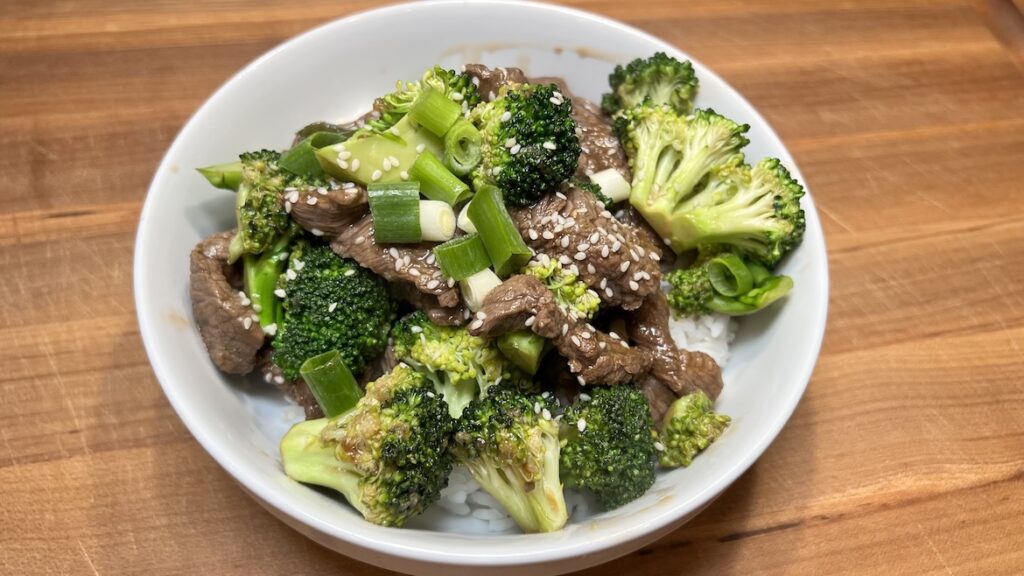
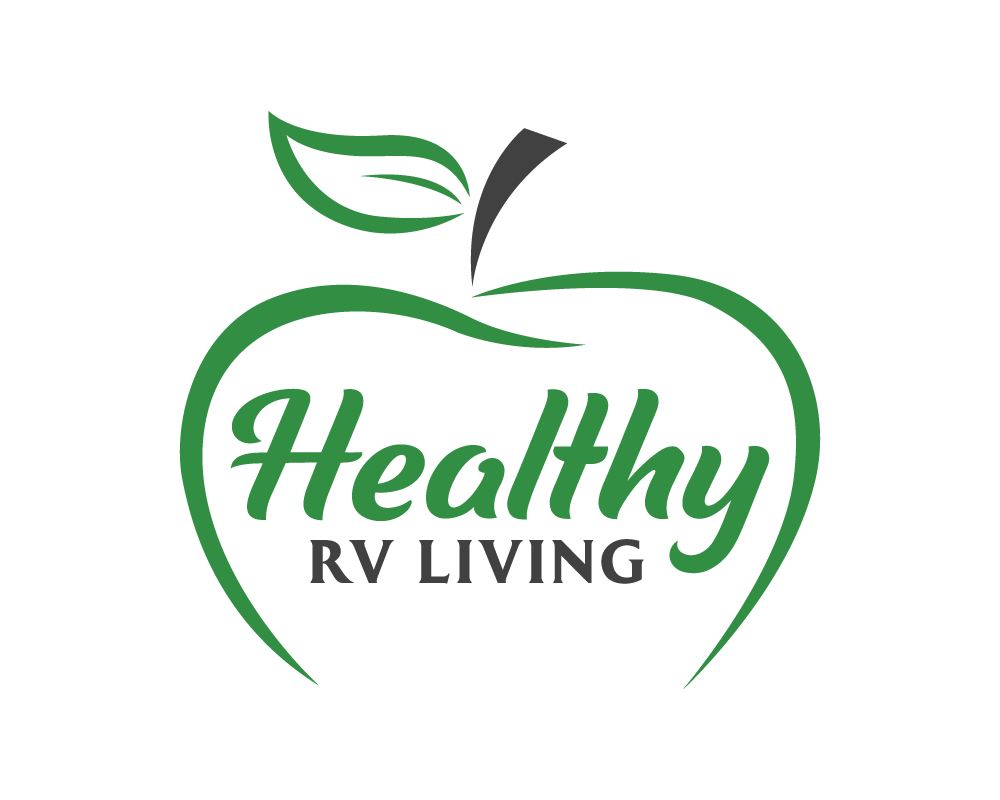
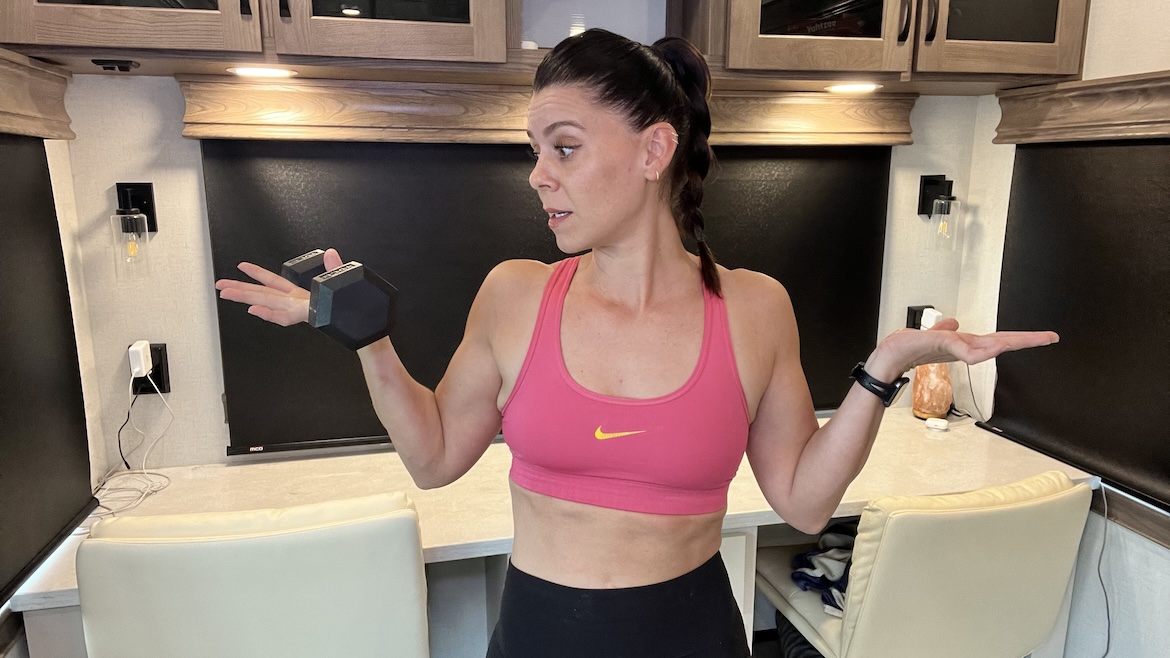
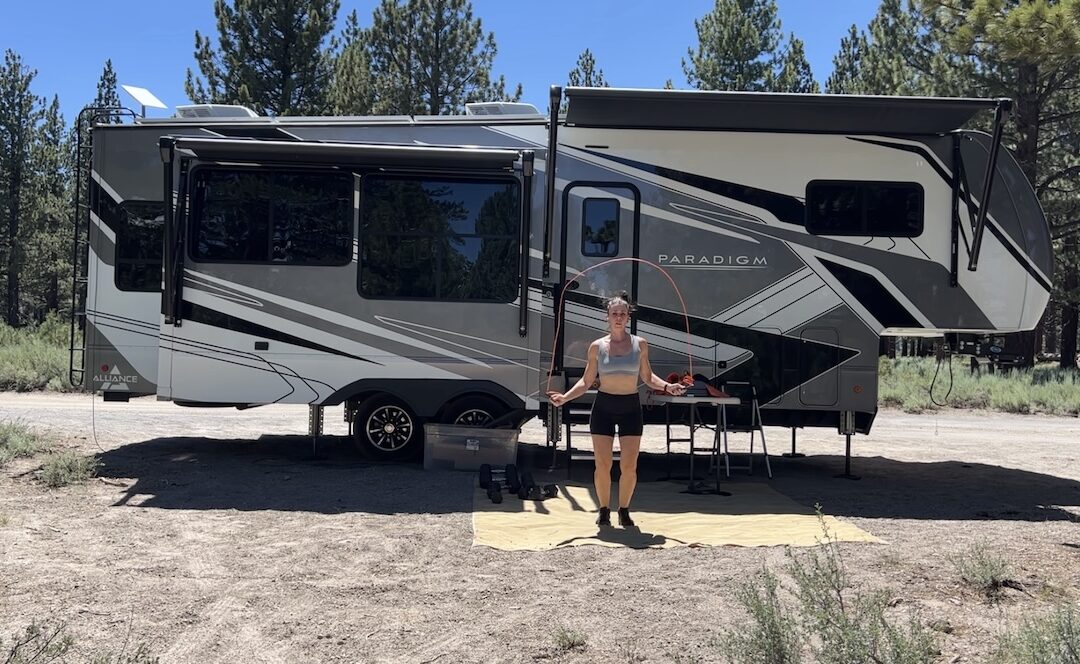


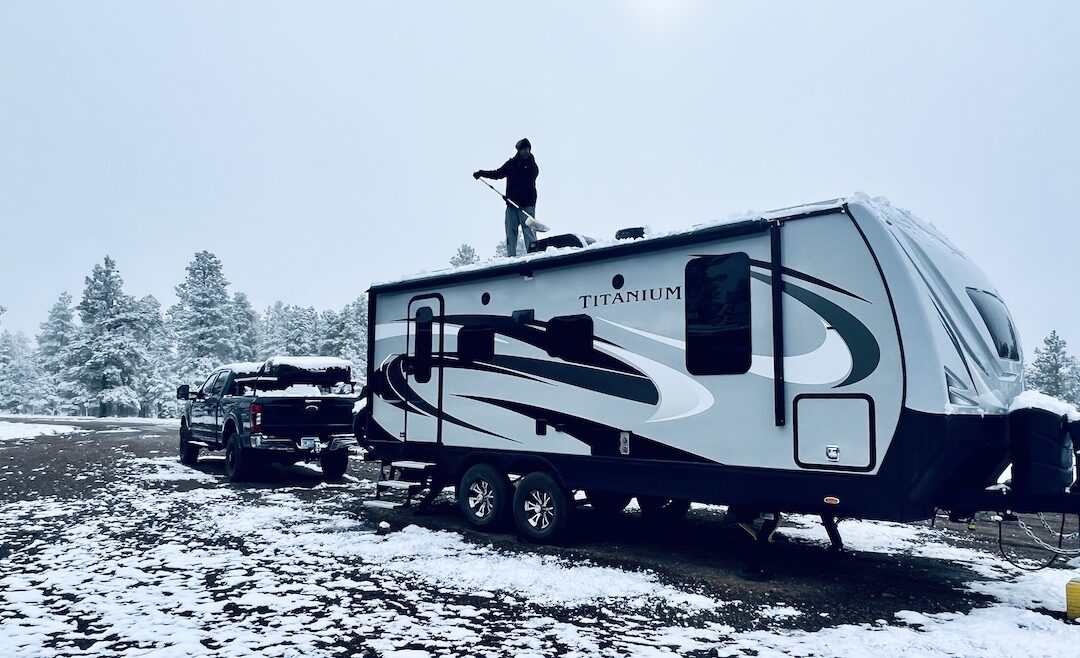


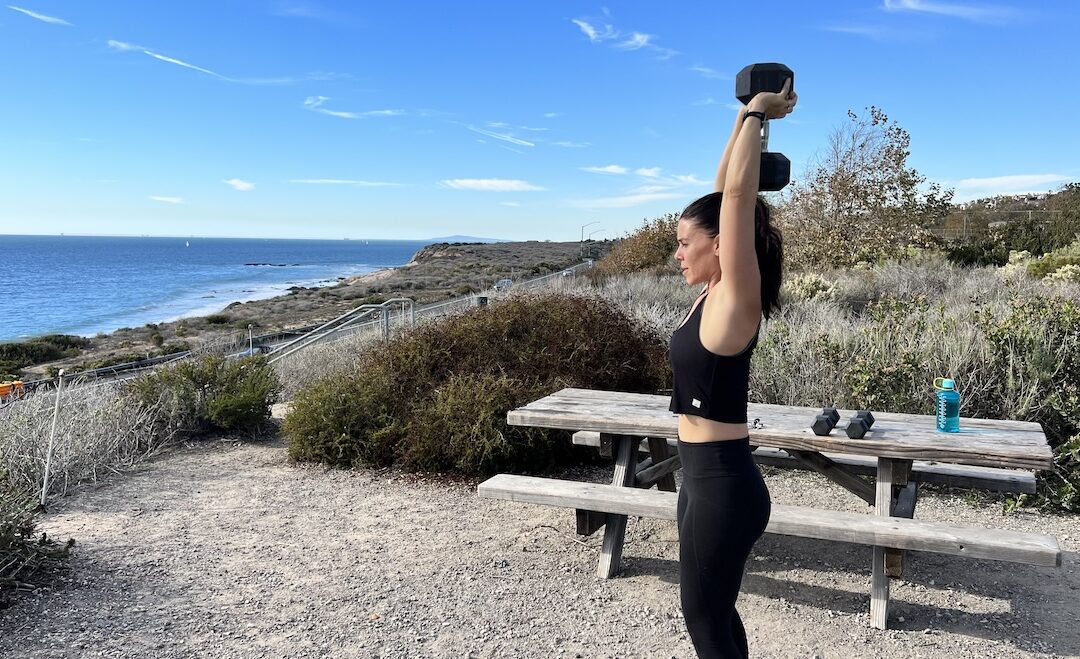
0 Comments